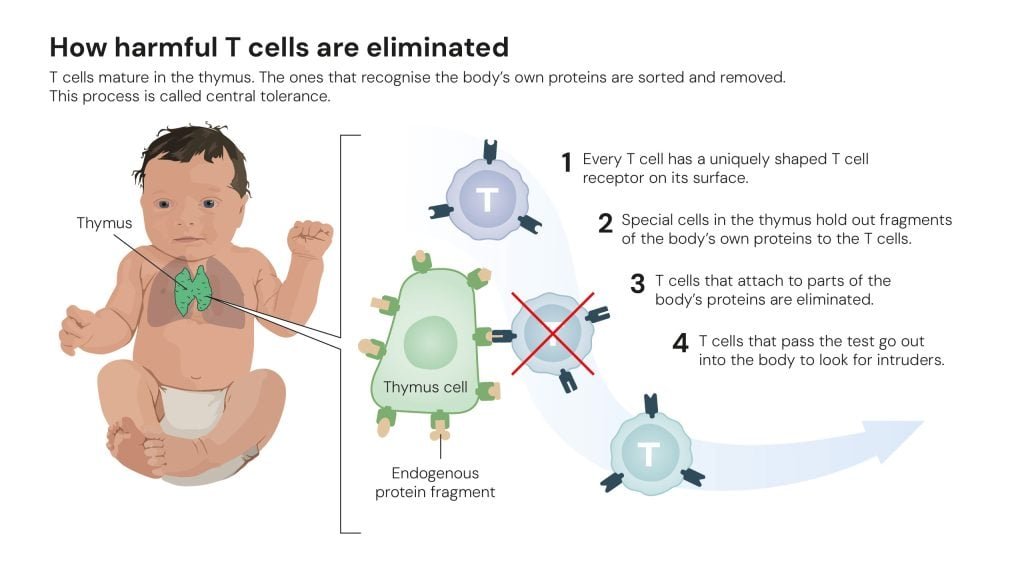The 2025 Nobel Prize in Physiology or Medicine

Mary Brunkow, Fred Ramsdell and Shimon Sakaguchi awarded the Nobel Prize in Physiology or Medicine 2025 for their discoveries concerning peripheral immune tolerance. The Nobel Prize laureates identified the immune system’s security guards, regulatory T cells, thus laying the foundation for a new field of research.
2024 winner’s
The Nobel Prize in Physiology or Medicine Victor Ambros and Gary Ruvkun for the discovery of microRNA and its role in post-transcriptional gene regulation. for their discovery of a fundamental principle governing how gene activity is regulated. They discovered microRNA, a new class of tiny RNA molecules that play a crucial role in gene regulation. Their groundbreaking discovery revealed a completely new principle of gene regulation that turned out to be essential for multicellular organisms, including humans.
The Nobel Prize in Physiology or Medicine for 2023 awarded to Katalin Kariko, and Drew Weissman for their discoveries concerning nucleoside base modifications that enabled the development of effective mRNA vaccines against Covid-19.
The 2022 Nobel Prize in Physiology or Medicine awarded to Svante Pääbo for his discoveries concerning the genomes of extinct hominins and human evolution.
FACTS AND FIGURES
Alfred Nobel
(1833-1896), the inventor of dynamite and holder of 355 patents,established the Nobel Prizes “for the Greatest Benefit to Mankind”. The foundations for the prize laid in 1895 when Alfred Nobel wrote his last will, leaving much of his wealth to the establishment of the Nobel Prize. The first Nobel Prizes were awarded in 1901, five years after Nobel’s death. Since
1901, the Nobel Prize has been honoring men and women from all corners of the globe for outstanding achievements in physics, chemistry, physiology or medicine, literature, and for work in peace. In 1969, another prize was added “The Sveriges Riksbank Prize in Economic
Sciences in Memory of Alfred Nobel”. The Prize includes a Nobel diploma, a medal, and 10 million Swedish crowns per prize. All Nobel Prizes awarded in Stockholm, Sweden, except for the Nobel Peace Prize, which awarded in Oslo, Norway. Norway and Sweden are
situated in Scandinavia, northern Europe. Oslo is the capital of Norway and Stockholm is the capital of Sweden.
DNA COMPARISON WITH RNA
T cells – essential players in the body’s defence
Helper T cells constantly patrol the body. If they discover an invading microbe, they alert other immune cells, which then mount an attack.
Killer T cells eradicate cells that a virus or other pathogens have infected. They can also attack tumour cells.
In addition to these, there are other immune cells with different functions. However, we will not pay these any attention, because in this story the T cells are taking centre stage.








0 Comments